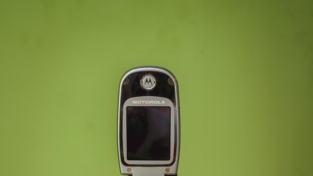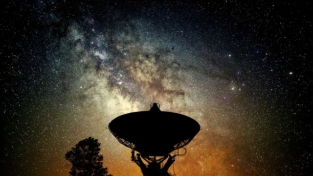Luna, stiamo tornando!
Partito il programma Artemis della Nasa per il ritorno dell'uomo sulla Luna
A una settimana dal lancio del primo volo del nuovo programma spaziale Artemis della Nasa, la sonda Orion è entrata in orbita intorno alla Luna. All’interno del veicolo vi sono 3 manichini, utili per la verifica del funzionamento delle apparecchiature, in attesa della prossima missione che dovrebbe riportare l’uomo a mettere piede sul nostro pianeta nel 2025. La navicella Orion dovrebbe rientrare nell’atmosfera l’11 dicembre, con ammaraggio nell’Oceano Pacifico (NASA via AP)


















